‘we save lives!’, 330 Squadron RNoAF
Imagine yourself stuck on a high cliff or in trouble on a boat in a storm. If you are in Norway, you will hope to see a white and day-glo Sea King helicopter coming to your rescue. It would belong to 330 Squadron, Royal Norwegian Air Force (RNoAF), a dedicated search-and-rescue unit. Although a military unit, the squadron’s main purpose is to provide ambulance and SAR services to Norway’s civilian population.
The unit was created in 1972 and now operates twelve Westland Sea King Mk43B helicopters. Because of the Norway s vast size 1800 kilometres from north to south the aircraft are deployed to five bases. From the north, these are Banak, Bodø¸, Ørland, and Sola (Stavanger) on the Atlantic coast and Rygge on the Skaggerak coast. Almost every part of Norway can be reached within 90 flying minutes from one of the bases. Carrying the maximum 3500 pounds of fuel and with a 21400 lbs. take-off weight, the Sea Kings have an endurance of three hours. There is a small gap in SAR coverage around Alesund, but the additional cost of another base is too high so an aircraft from either Sola or Ørland would refuel on route if called to that area. The crews can refuel from prepared locations or any airfield where the proper fuel is available.
Over the sea, the crews use a method called HIFR (Helicopter In-Flight Refueling) to refuel from ships. The Sea King doesn’t land but hovers next to the ship. The hoist is used to winch a fuel line up to the helicopter and that’s it, in-flight refueling!
The four Atlantic bases all have permanent crews that rotate to Rygge on a weekly bases. Originally just the four east coast bases were used, but following several ferry disasters such as the sinking of the MS Estonia in 1994, the decision was made to station one Sea King on the Skaggerak coast where there are many ferry routes between the Baltic and Scandinavian states.
The squadron is transitioning from sixty-minute alert to fifteen minutes, or base alert as they call it. This has some consequences for the crews. Normally, they would go home at the end of the day and on weekends, and be called when there was an emergency. But now they will remain on base 24/7 for several days. The RNoAF is building sleeping quarters at all stations to accommodate the crews. At bases where the crews are already on base alert, the number of ambulance flights has increased because the crews are always present and the threshold for calling people from their homes is gone.
The Sea Kings normally fly with a crew of six: two pilots, a system operator/navigator, a flight engineer/hoist operator who also does the technical inspections, a rescueman/swimmer who is trained as a nurse, and a civilian trauma doctor from the local hospital who is trained to be lowered by hoist. The doctors are all volunteers, who now also have to stay on the base during alert hours. The crew is so big so that each crewmember only has one task to concentrate on.
Talking to the crews it becomes apparent that their motivation is very high. Some personnel have been with the unit for more than twenty years and have volunteered for the job. Most pilots come from the Bell AB412 but it is possible to be posted on the Sea King straight out of flight school. A normal RNoAF posting is around three years, but at 330 Squadron some of the crews have a permanent posting to the unit. It goes to show how much these people love what they do.
And they are doing it well. Since 1972 the unit has flown more than 24,000 sorties. Almost 16,500 were ambulance flights. Looking at the geophysical position of Norway makes clear why: the long fjords and high mountain ranges mean that it takes a long time to get from point A to point B by road. Traveling by air is faster, therefore reducing the risk to the patient. One crewmember declared that they keep the road ambulances’ promise when the weather prevents the ambulances from going out on the road.
The remaining sorties, roughly 8000, were SAR missions. It was noted that when the crew has to use the hoist to get a patient onboard, the flight is classified as SAR and not ambulance.
An astonishing 134,000 flying hours have been put on the Sea Kings in fifteen years, in which time they helped or rescued around 21,000 persons. Over that period, the focus has shifted from sea rescue and fishermen safety to land rescues. The squadron often gets called out for mountain climbers, BASE jumpers, and people who have committed suicide.
The Sea Kings are still very reliable, although their costs are increasing with age. One crewmember at Bodø told the author that since 2000, only one rescue could not be carried out for mechanical reasons. The old Sea Kings are still up to the task and much of the equipment onboard is state of the art. The medical kit is up to ambulance standard and the crew is well trained in its use. An AlliedSignal RDR-1300C nose radar was fitted some years ago because the main radar, situated on the top of the helicopter, had a 17m blind spot forward due to the fuselage and rotor assembly. The nose radar eliminates the blind spot, and now the crew can go out in all kinds of weather. And they need to, because the weather in Norway can change in a matter of hours.
The Norwegians have fitted two hoists over the rear door. Asked if they ever had a hoist fail, the answer was, of course, yes. In that event, it is good to have a back-up and not have to abort the mission. But both hoists can also be put to good use. The crews have come up with a special procedure in which one hoist lowers and stabilizes the other’s cable. Called the super-long line procedure, it allows the helicopter to remain above the top of a cliff even if the patient is several hundred feet below.
Then there is the wish list – things like a new forward-looking infrared (FLIR) sensors, moving map displays, and de-icing of the rotor blades could be put to good use.
But financing of the SAR unit in Norway is a little complicated. Only ten percent of the budget comes from the Ministry of Defence (MoD), with the remainded comeing from the Ministry of Justice (MoJ). Although it sounds odd, in Norway search and rescue is a job for the police. But maintaining a large unit flying big helicopters on a permanent basis, scattered around the country, is more suited to a military organization. Besides that, the ambulance flights are declared to the Ministry of Health. The health department pays for the medical equipment onboard and the doctor.
This setup is the core of controversy over upgrading and the eventual replacement of the Sea King helicopters. The helicopters are in dire need of upgrades for the SAR equipment. The FLIR, an early version, is good over land but not sensitive enough to detect people in the water. A later version would greatly enhance the crews’ ability to find people. Sources say the MoD has the budget for the new FLIR and it is willing to help pay for it, but MoJ does not see it as important enough.
The unit recently started using night vision goggles, paid for by the MoD, because the squadron has a small counter-terrorism role. The Sea Kings are the only RNoAF helicopters with enough range and payload to reach the offshore platforms in the Norwegian oilfields. Therefore they are the only means of transporting special forces to these rigs in case of a terrorist attack.
The Norwegian government has ordered 14 new NH-90 helicopters for the Coast Guard and for anti-submarine warfare. It also had an option for ten NH-90’s as a replacement for the old Sea Kings. But the option was recently cancelled, spurring further controversy. Some sources say it was because there was too much emphasis by the MoD on 330 Squadron’s military role, and that MoD was rubbing against the hairs of the MoJ. The reality now is that the squadron personnel are very worried about the future. A replacement fro the Sea King is not foreseen until 2015. They say they will be able to work with any helicopter they are given, but they were looking forward to the NH-90.
The Norwegian government has set up a working group for the requirements for a new SAR helicopter. This group had representatives from every party involved, except 330 Squadron!
Another thing that concerns the Sea King crews is the fact that some personnel involved with the helicopters are no longer part of 330 Squadron. In 2003 a decision was made to reactivate 334 Squadron as part of the Defense Logistics Organization. The new 334 Squadron is now home to the Sea King training and operations departments. On each base, 34 personnel now belong to 334, but they directly support 330 Squadron alone. Some personnel say the split has ruined the spirit of the original squadron.
Despite theses troubles, what came across during the author’s visits to several SAR bases was the crews’ motivation, dedication and professionalism. Even when their unit’s very existence is on the line, the crews are enthusiastic and more than willing to talk about their challenging jobs.
Acknowledgements
Thanks to Kap. Jarle Ranskjar, Jan Egil Andersen and the crews at Bodø and Sola for their time and hospitality.
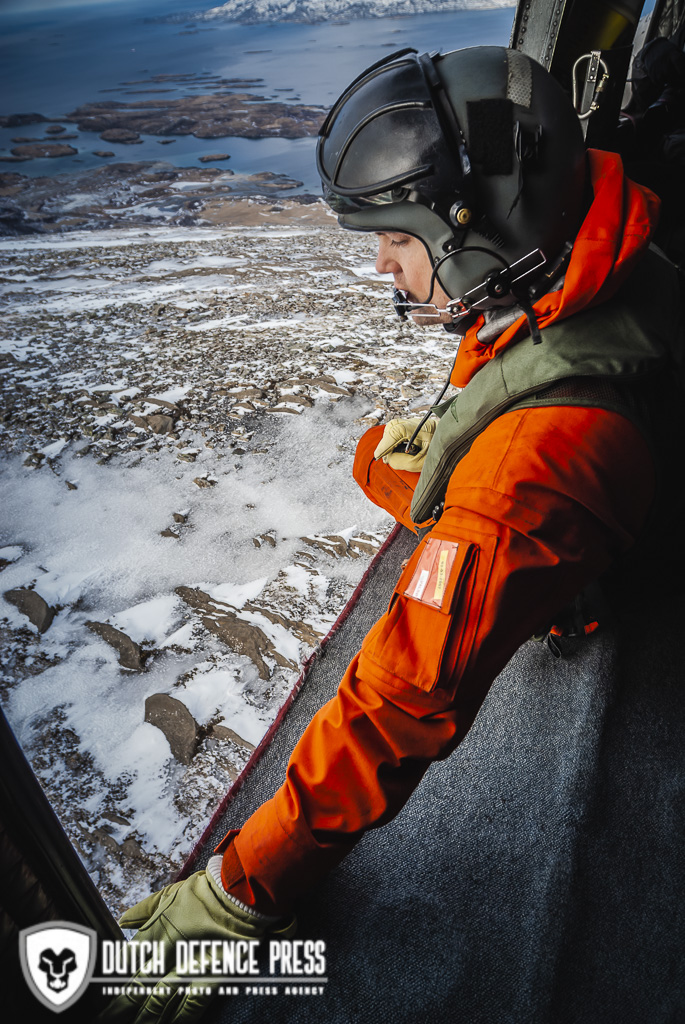



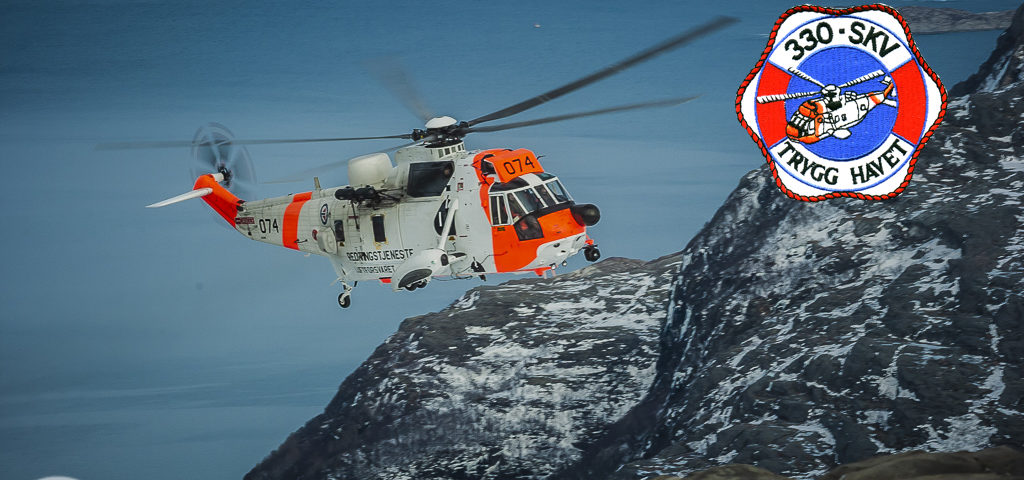
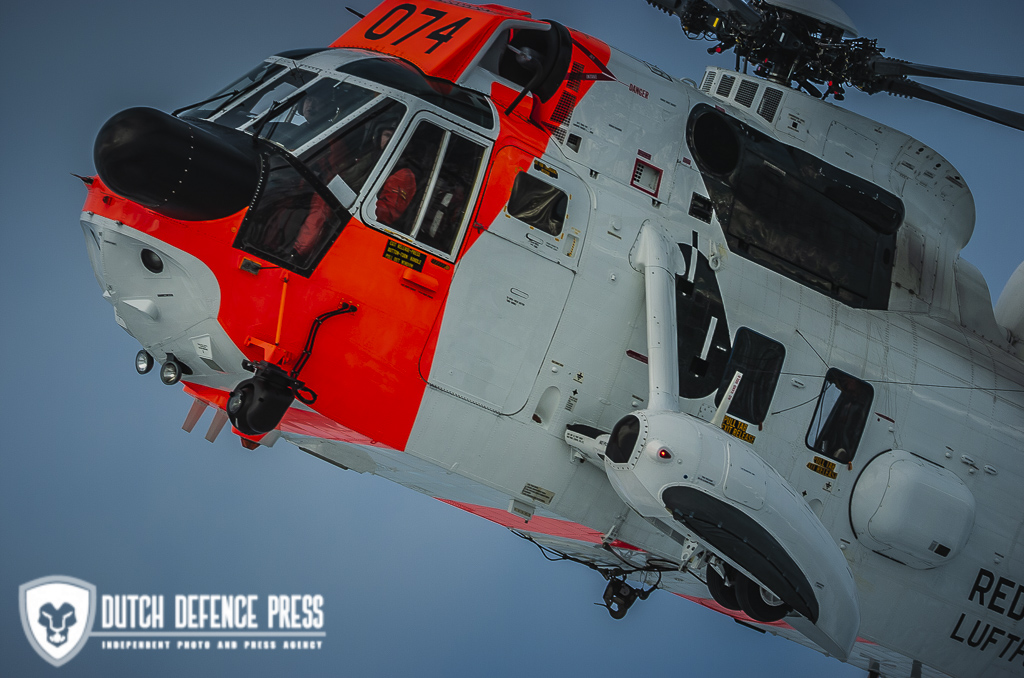
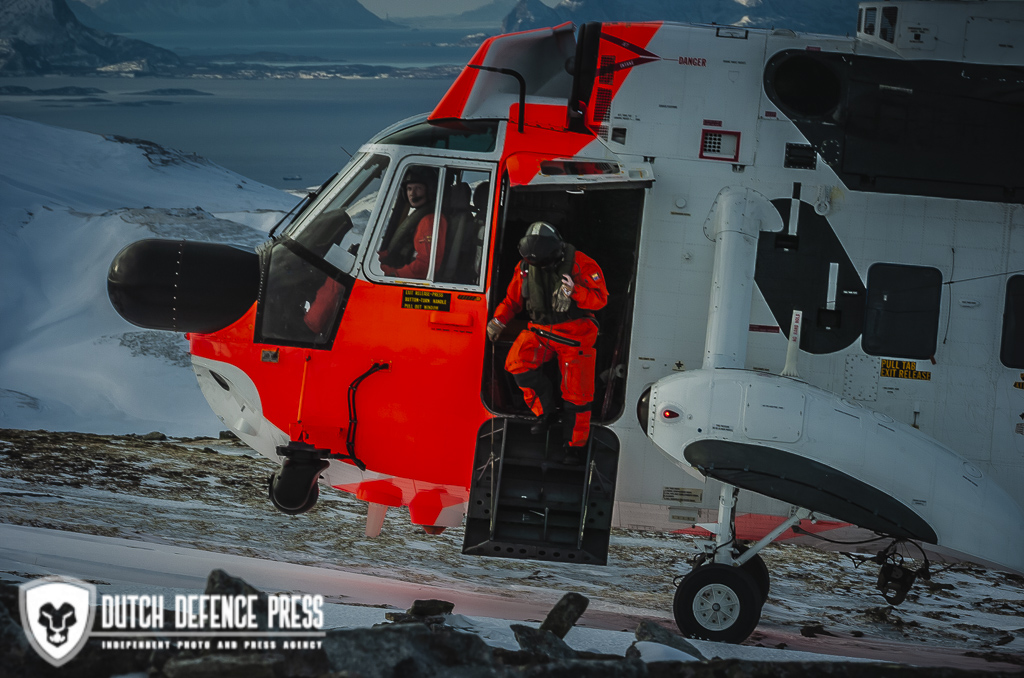
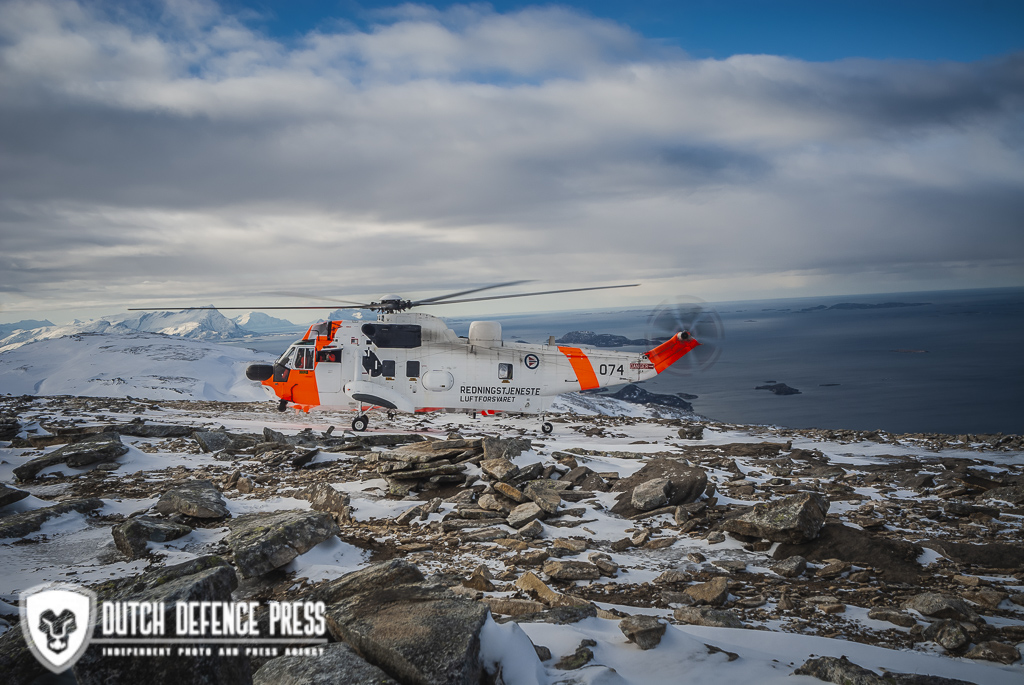
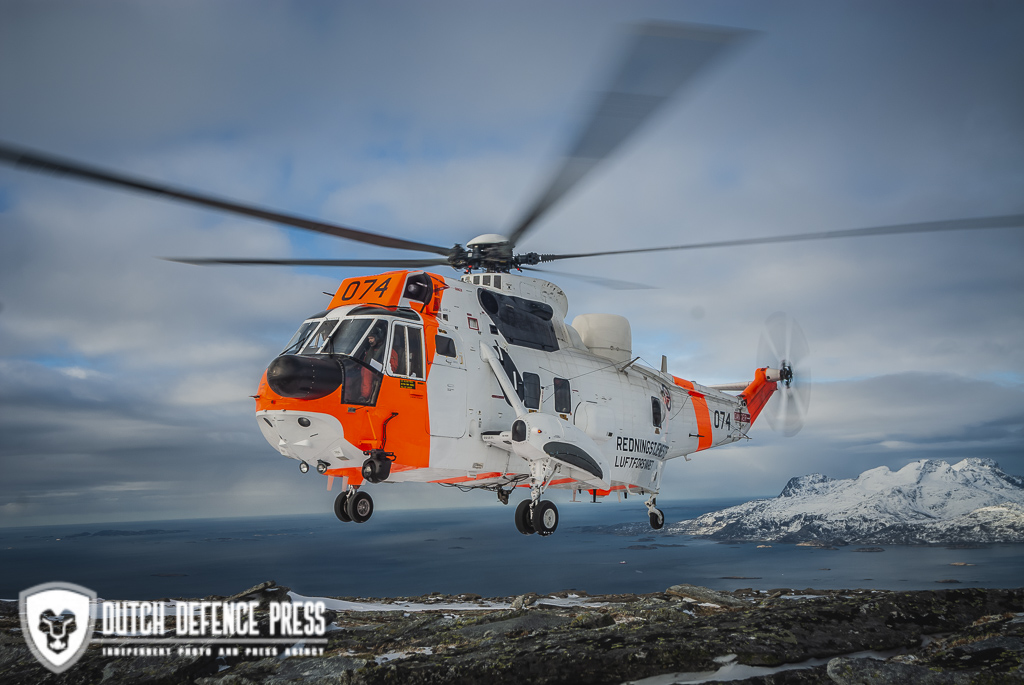
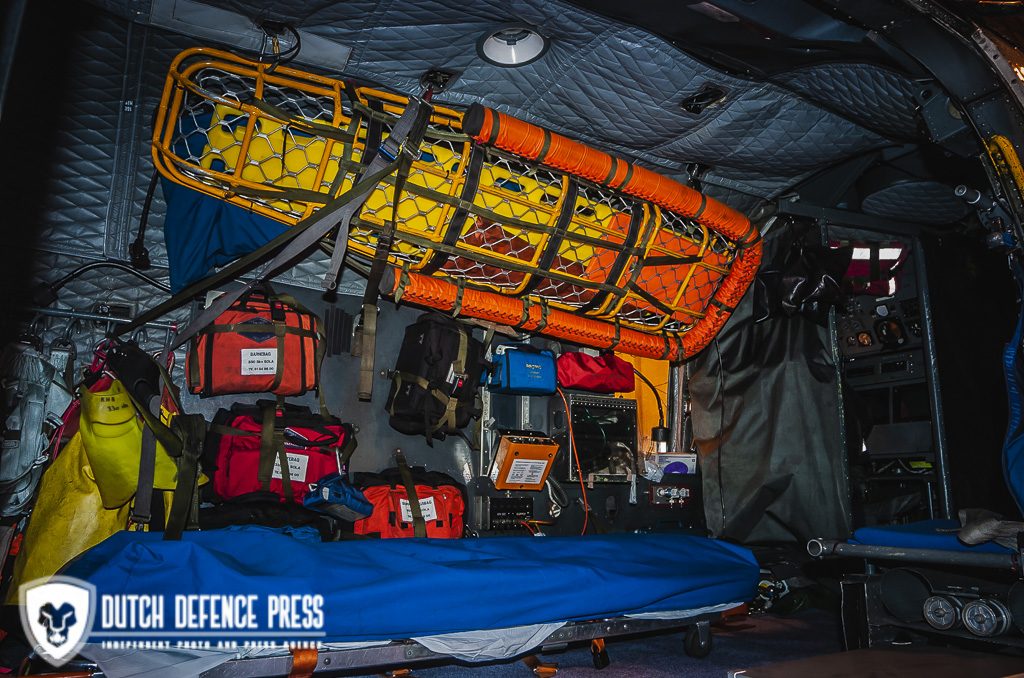
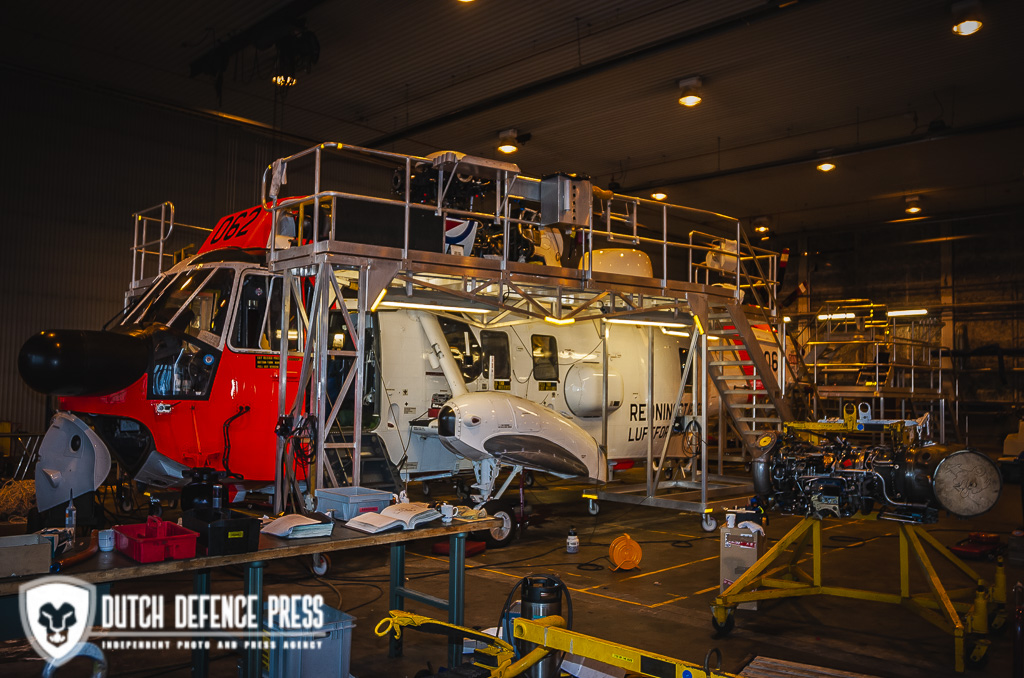
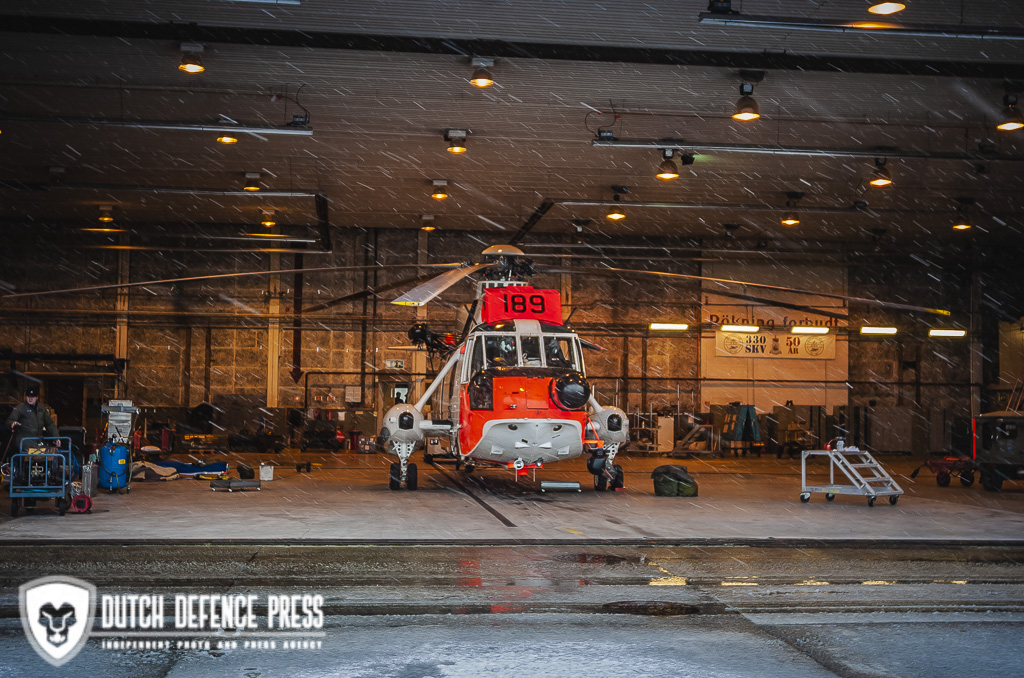
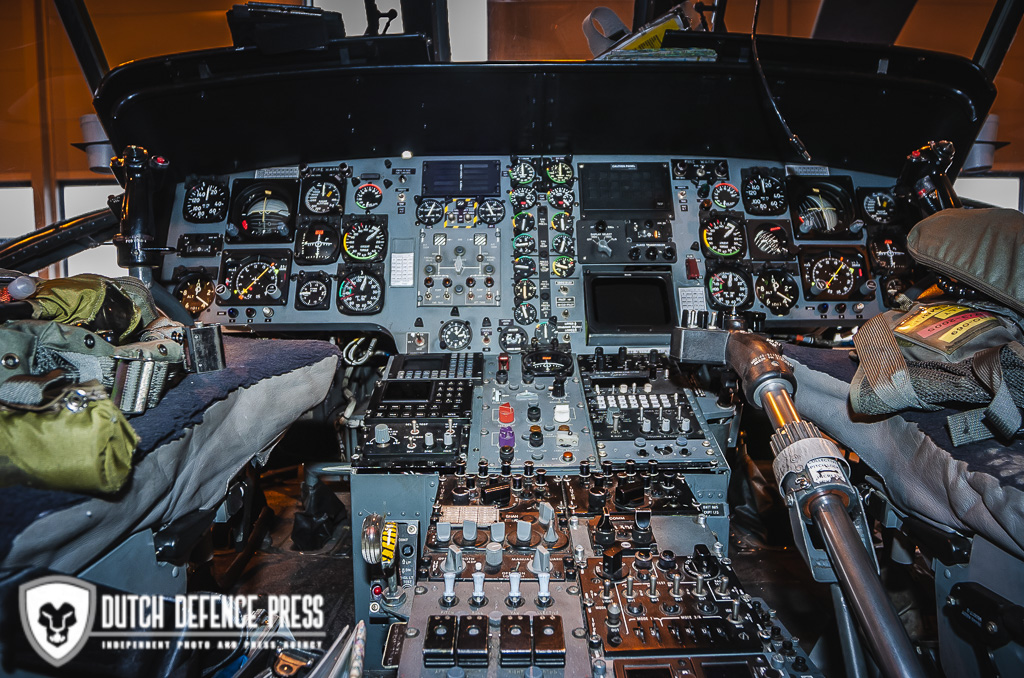
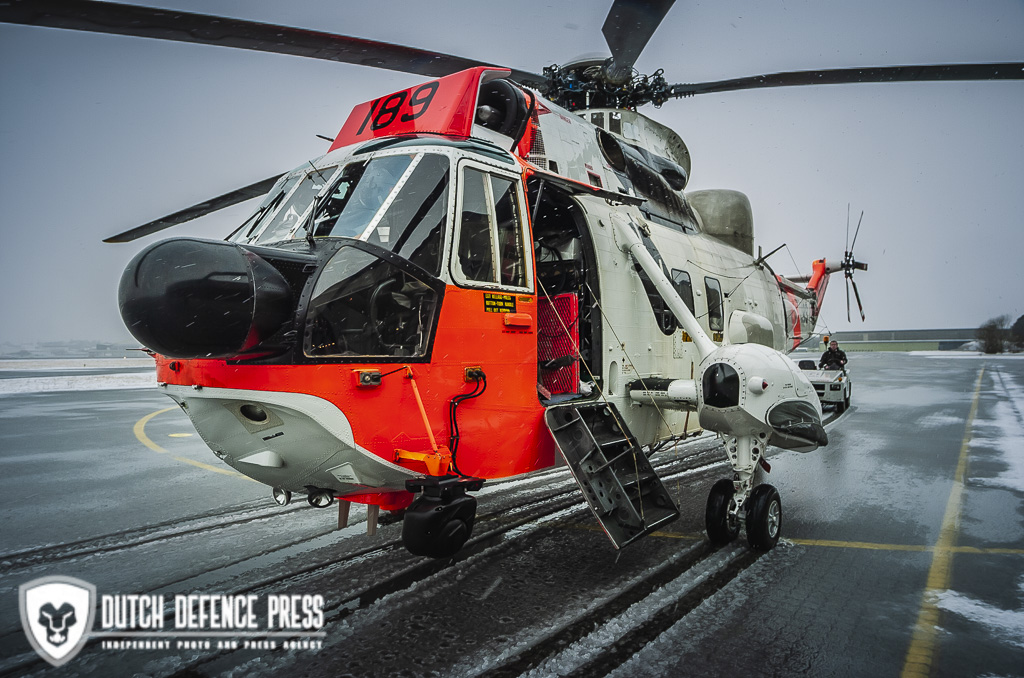
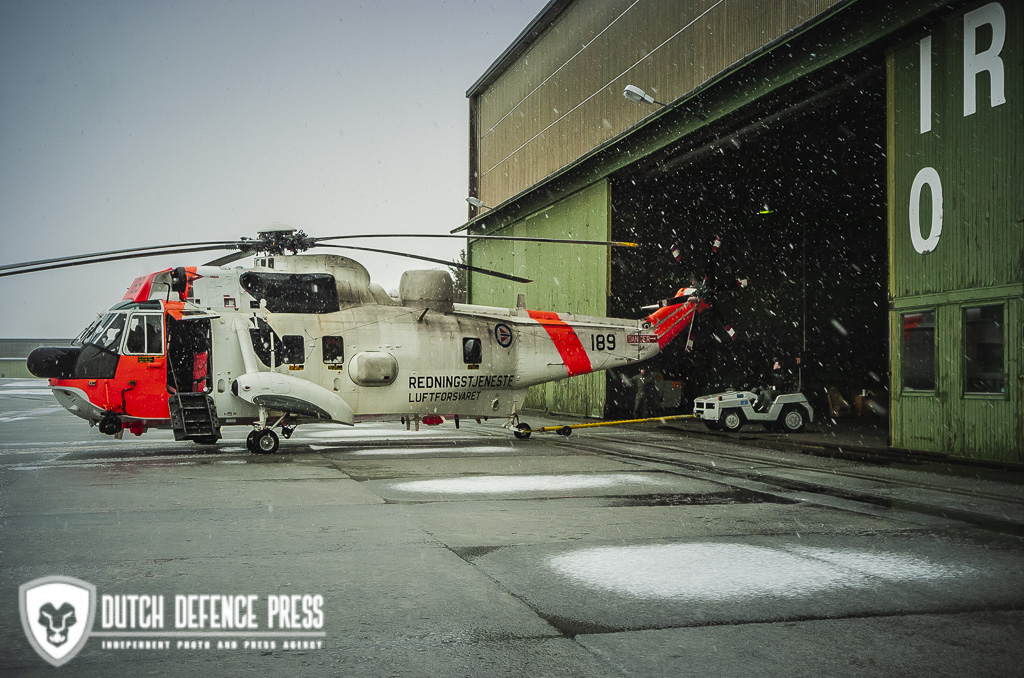
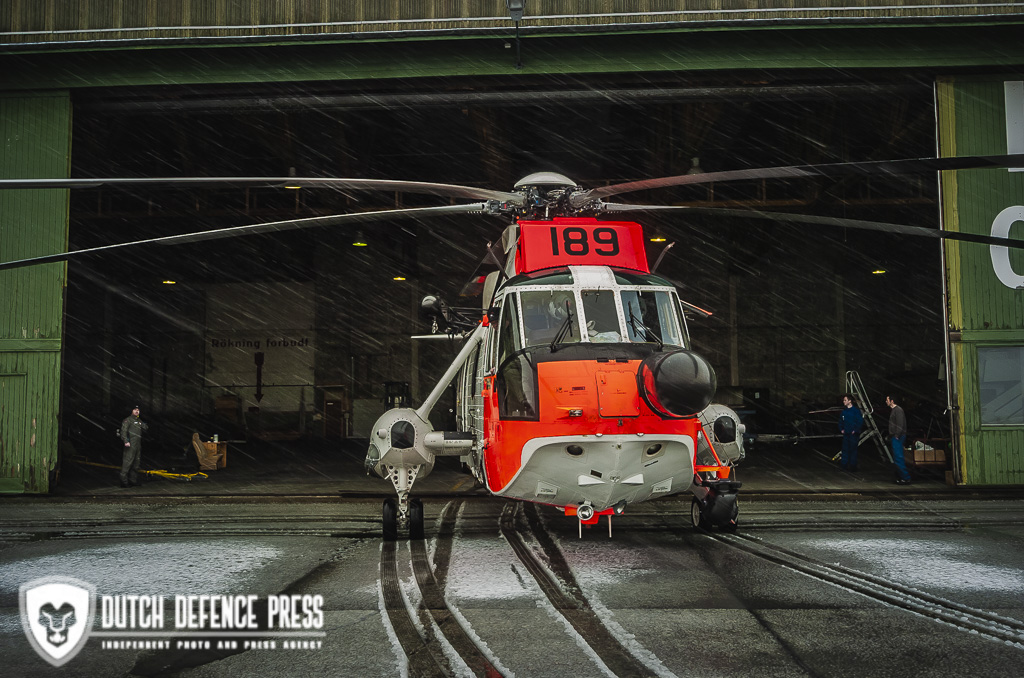
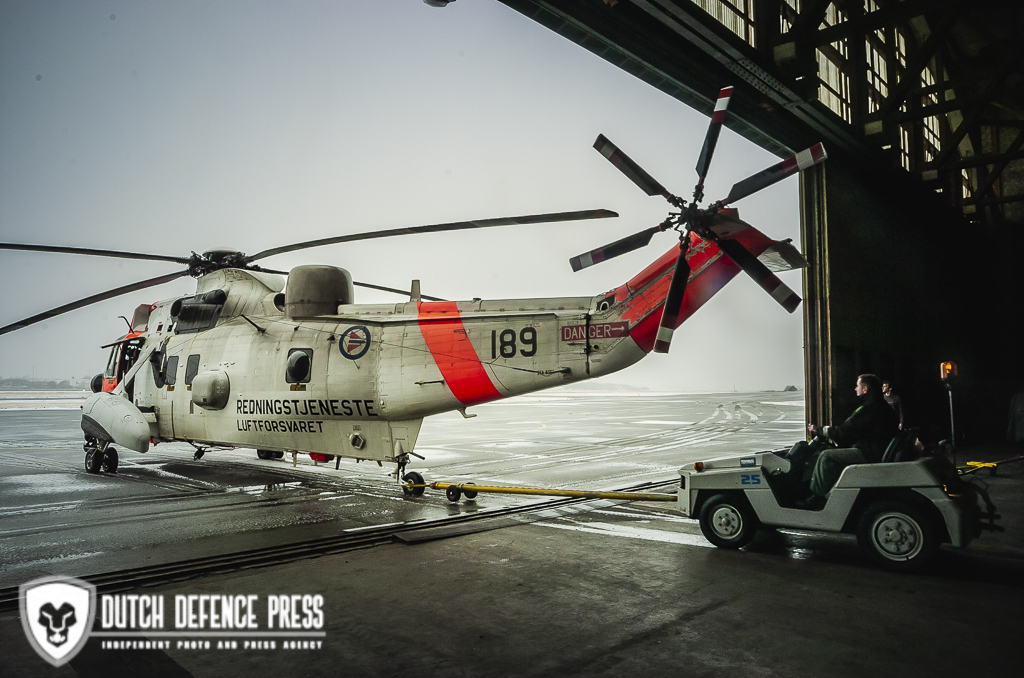
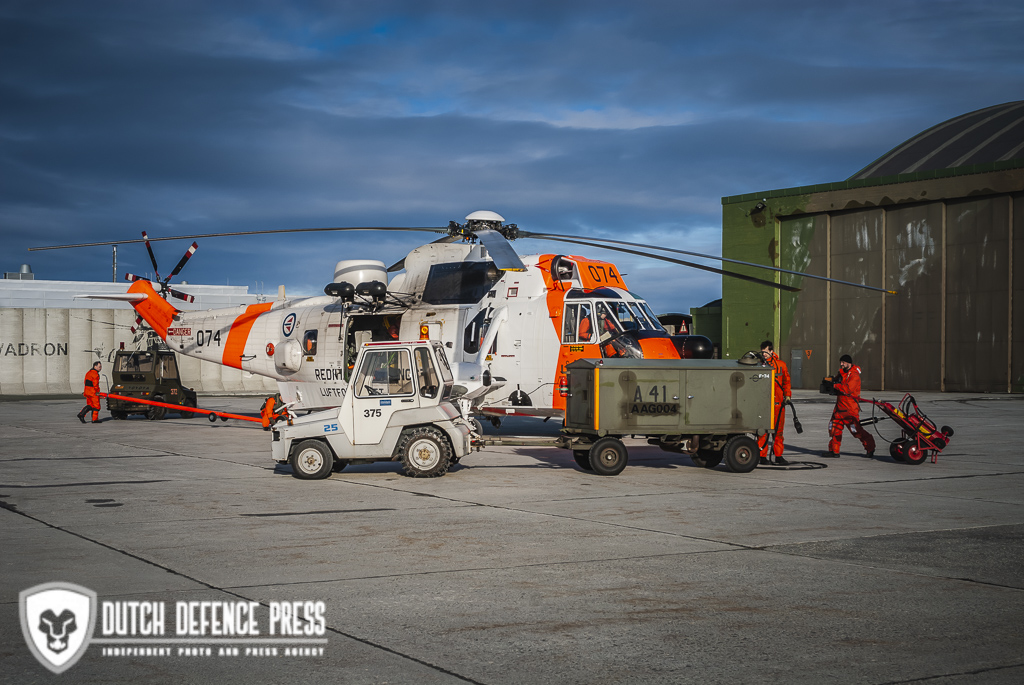
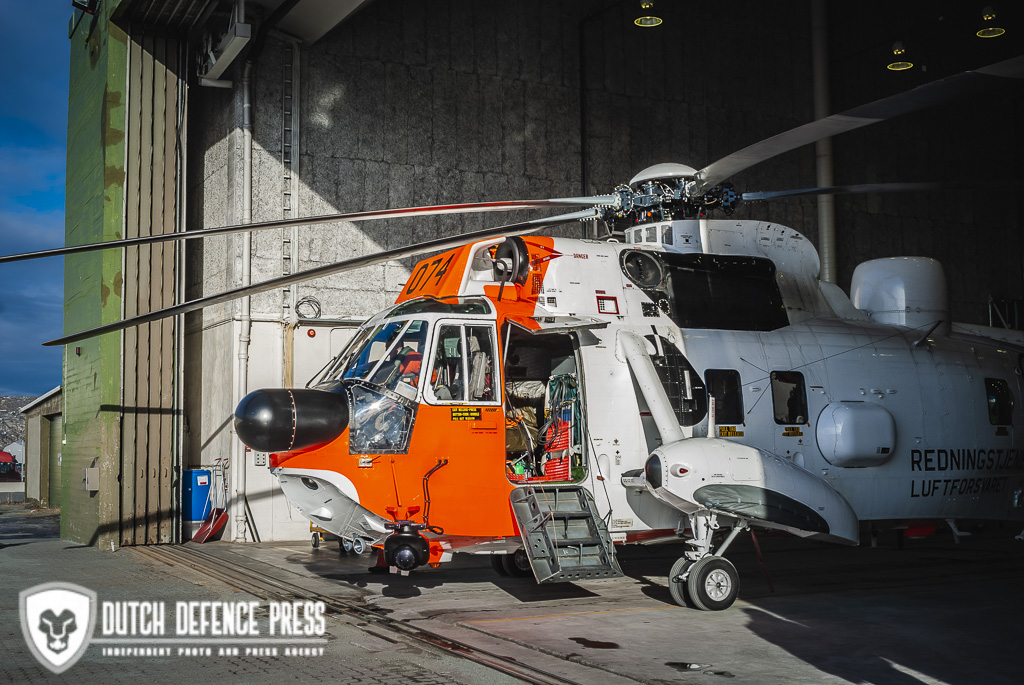
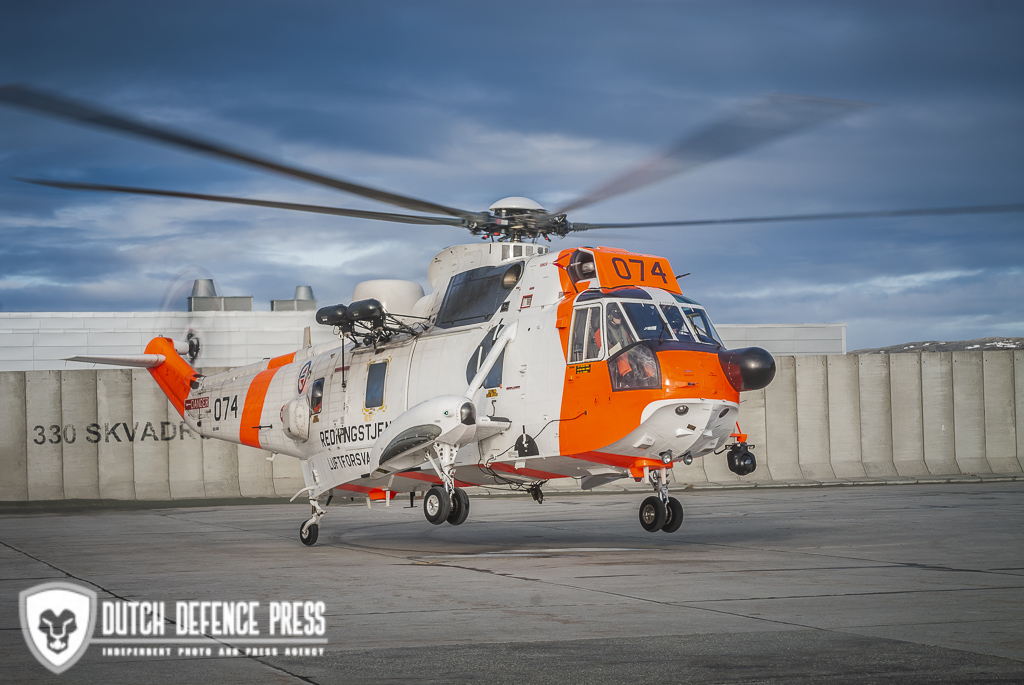
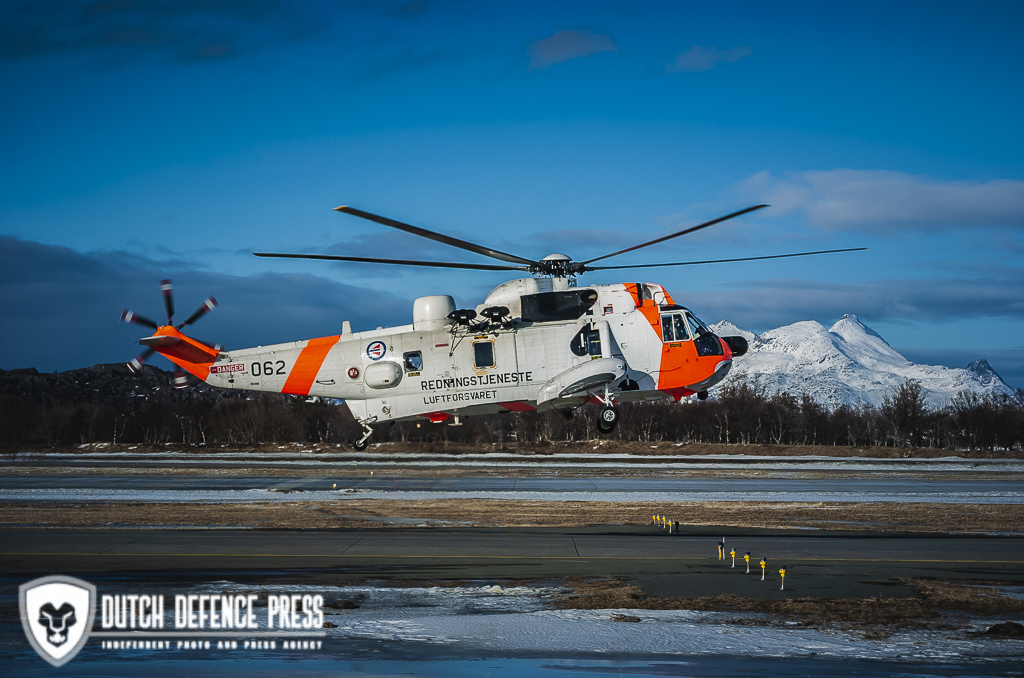
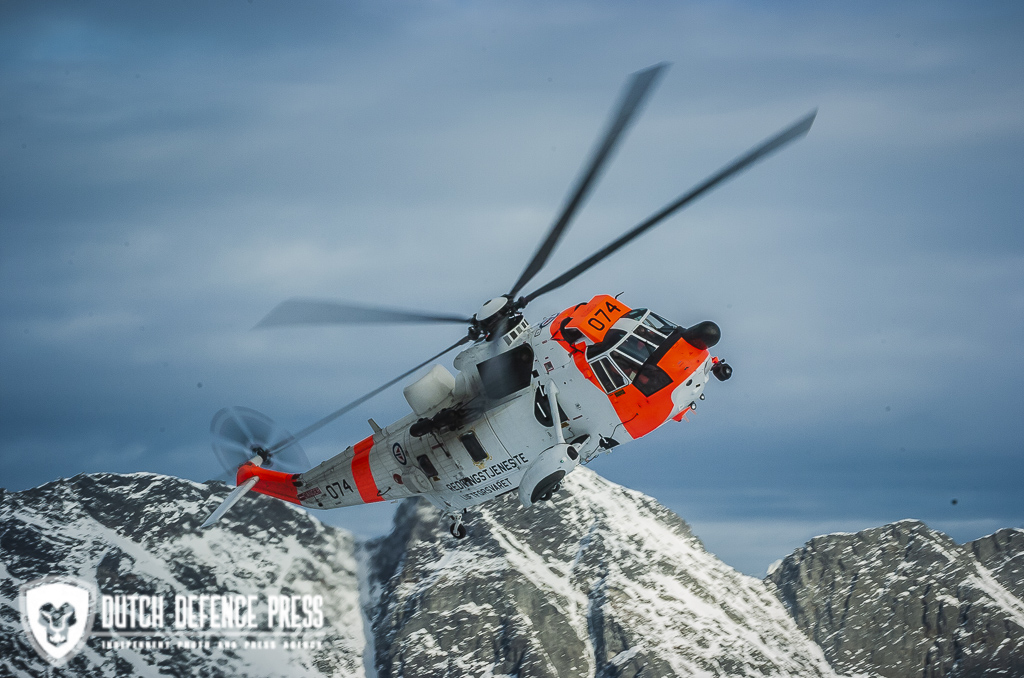
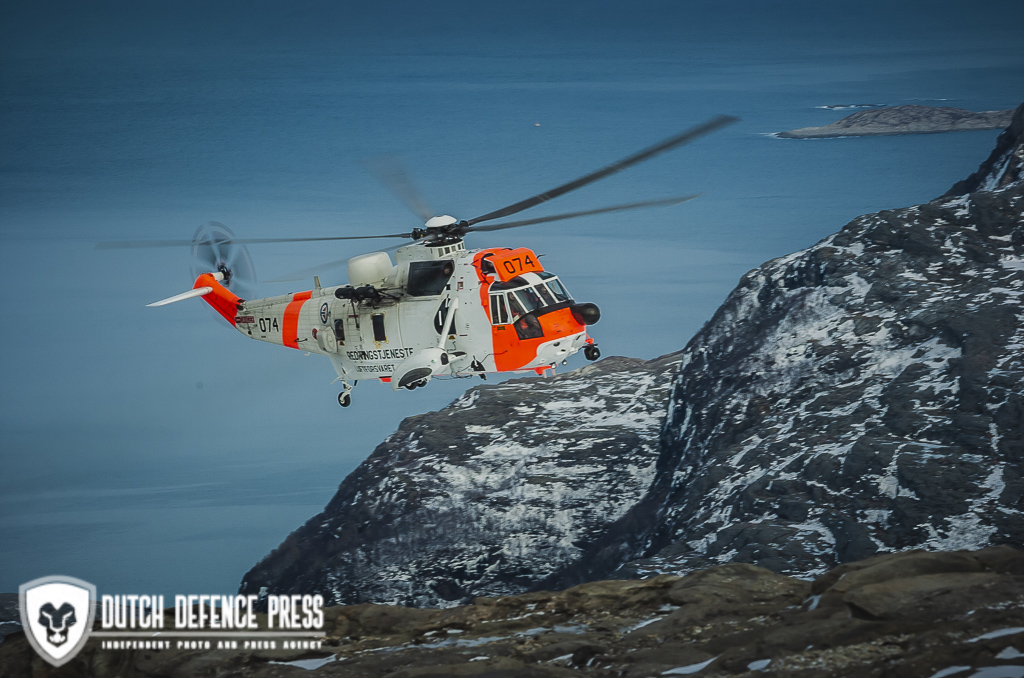
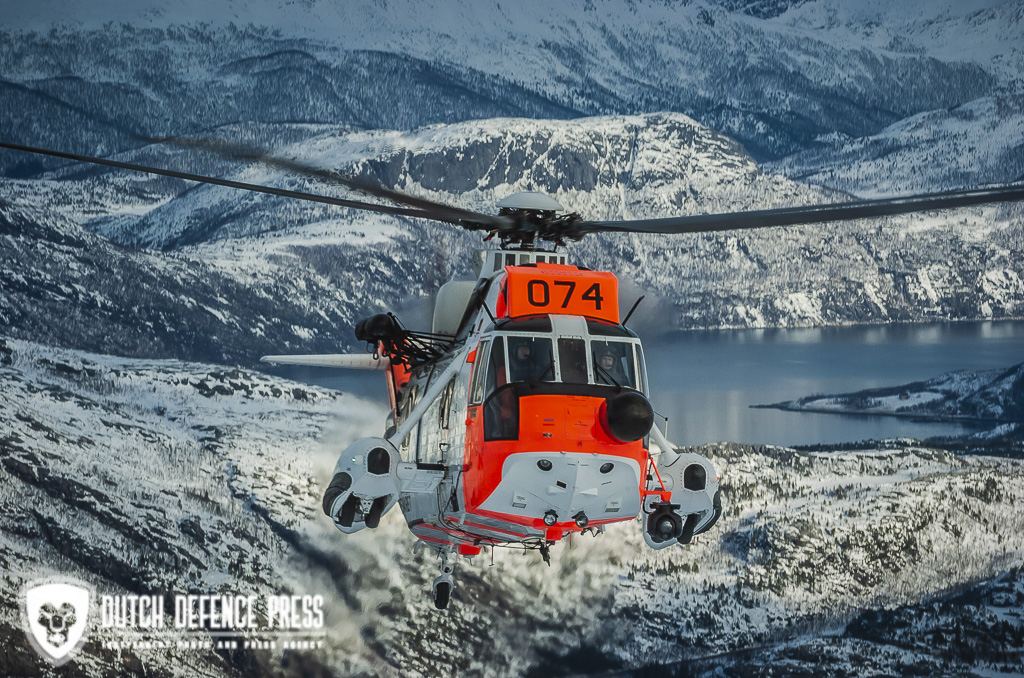
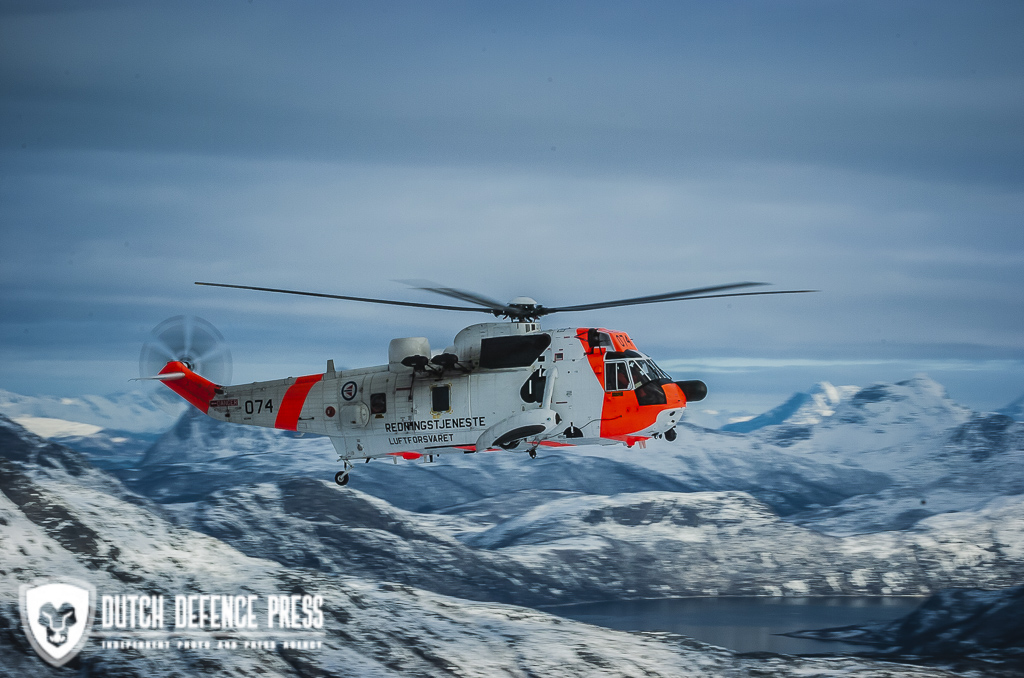
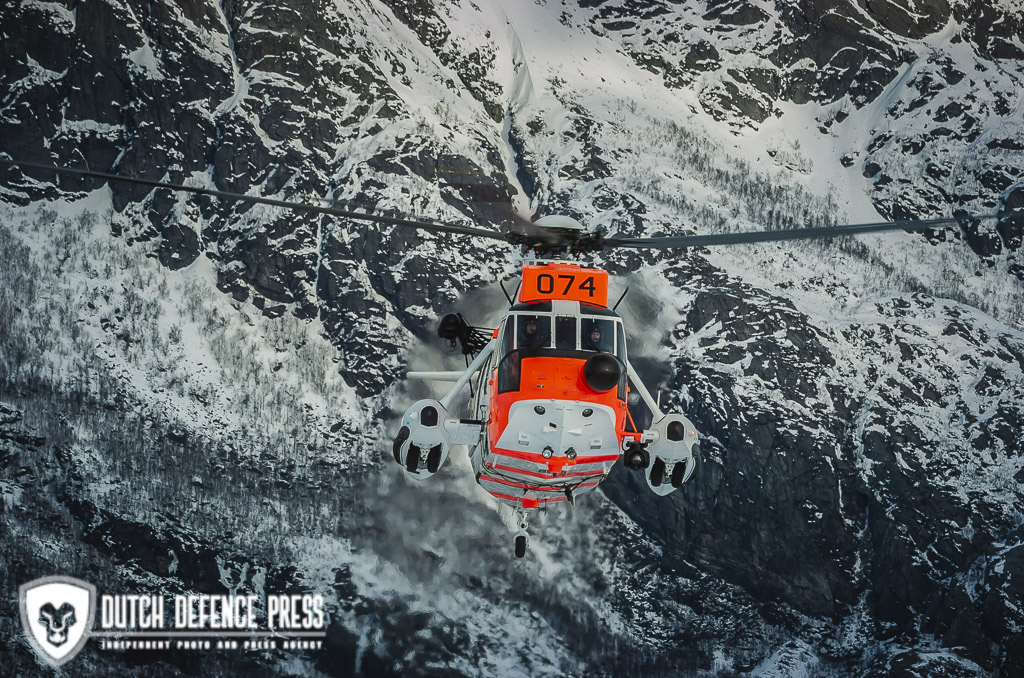
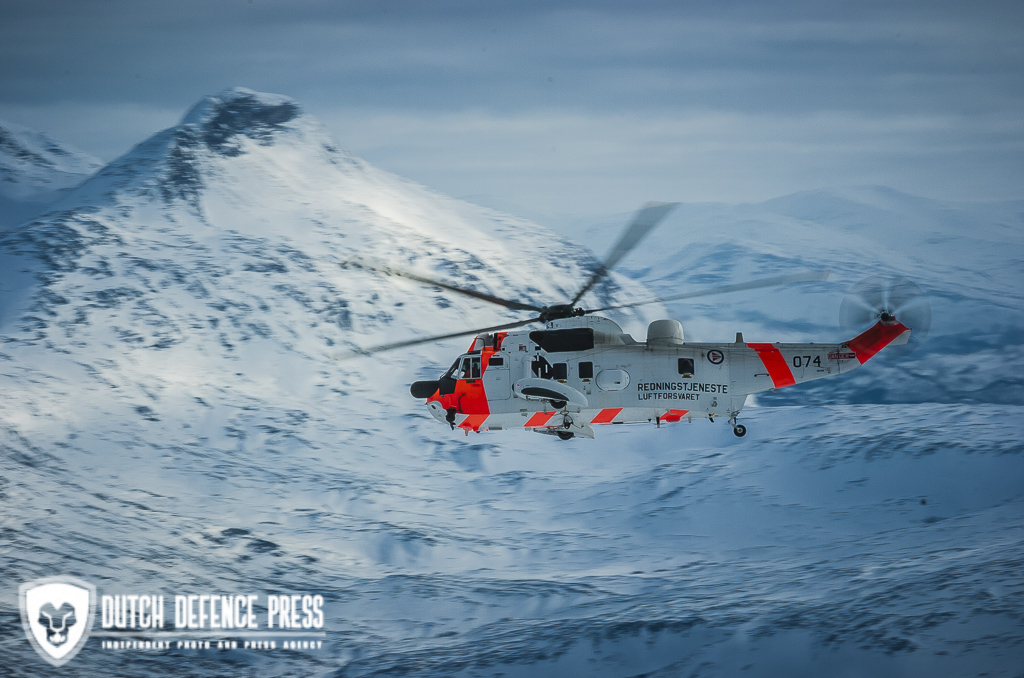
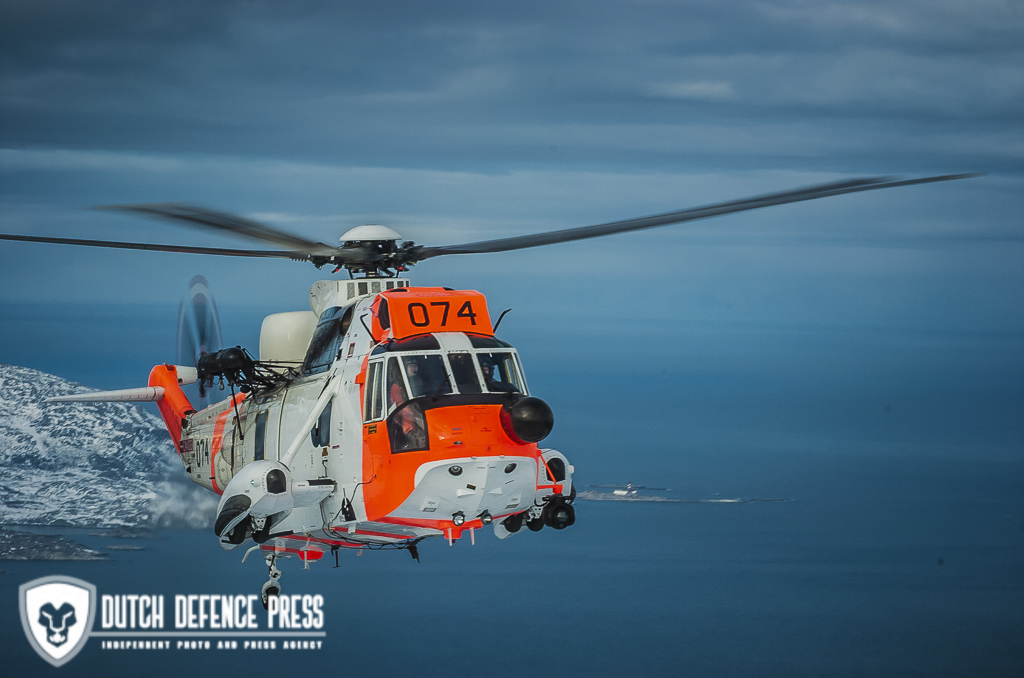
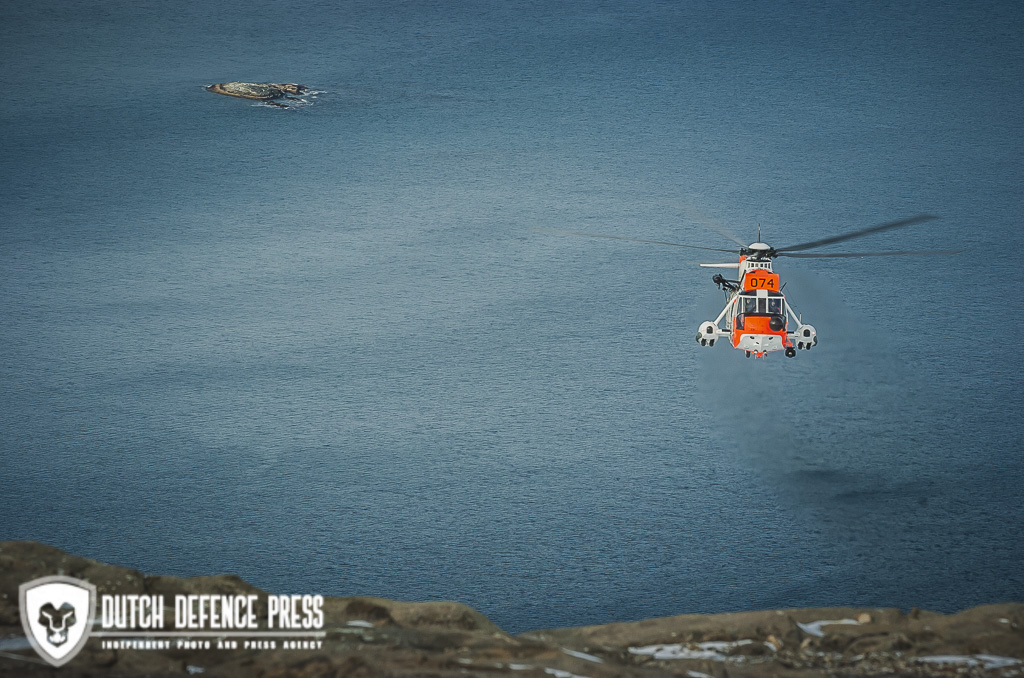
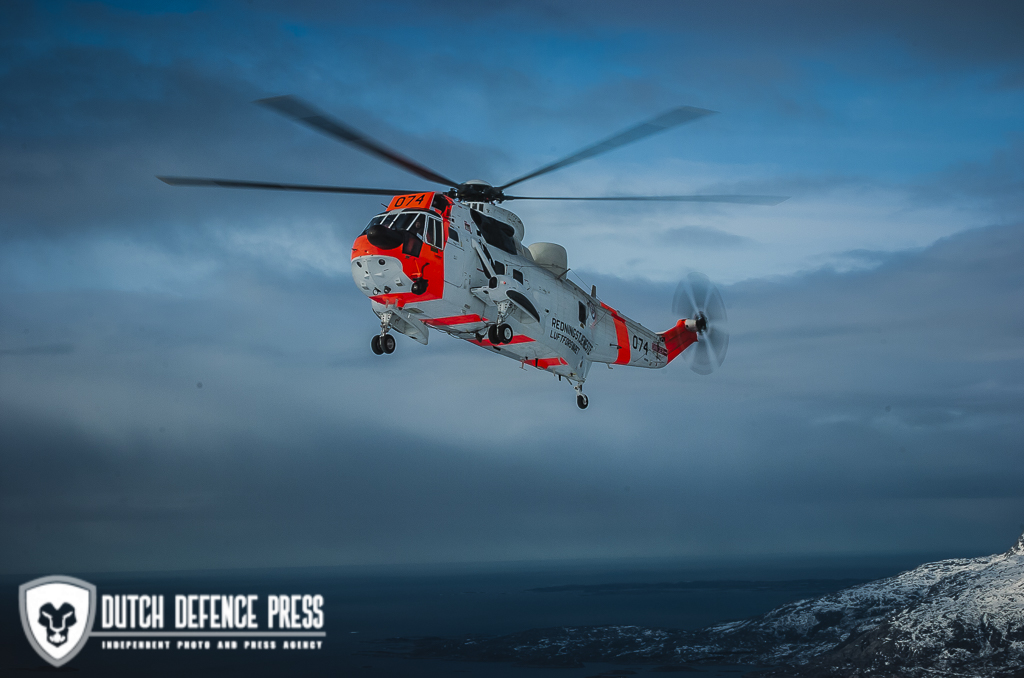
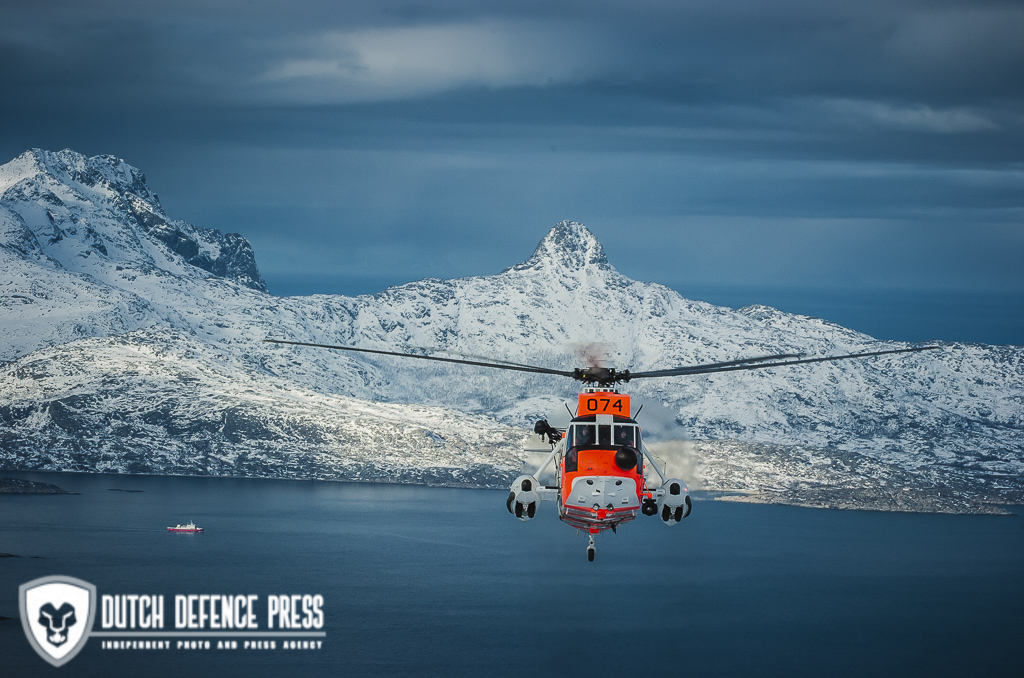
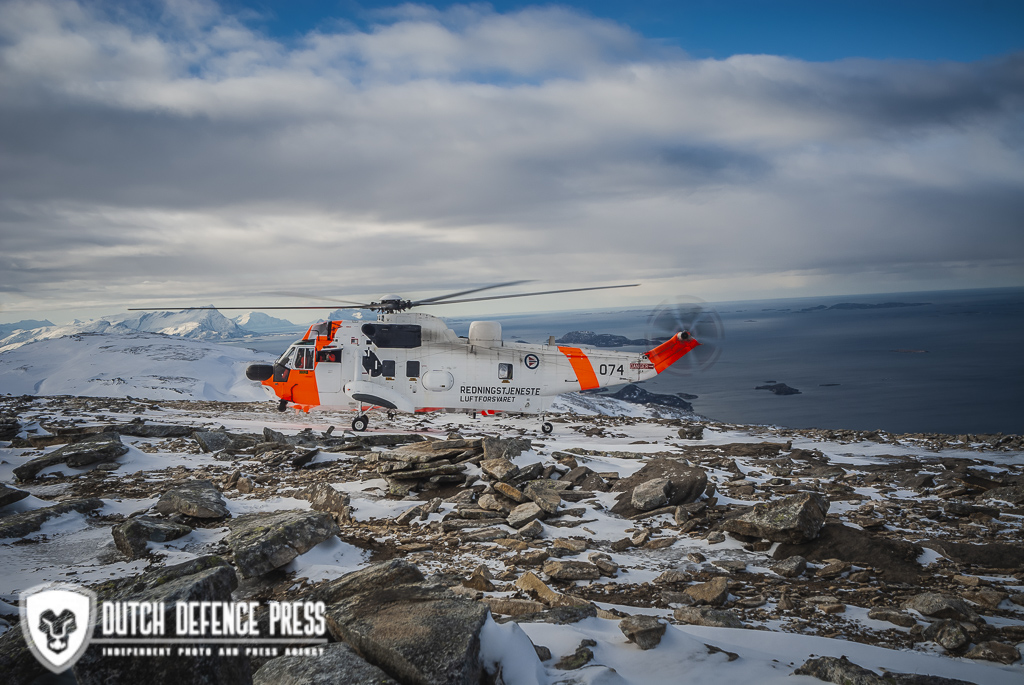
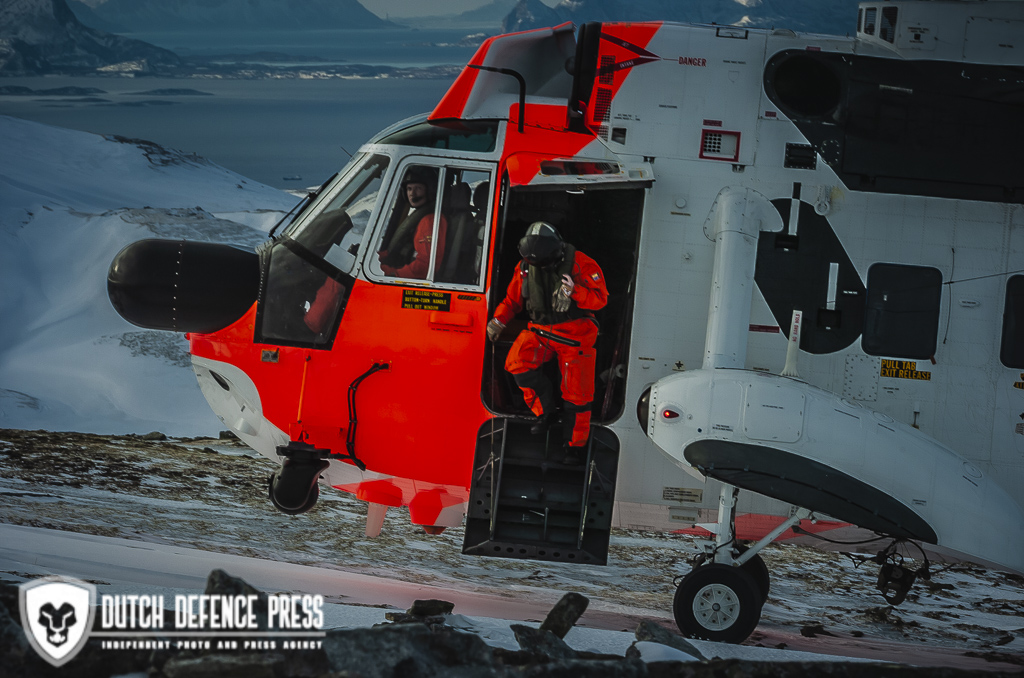
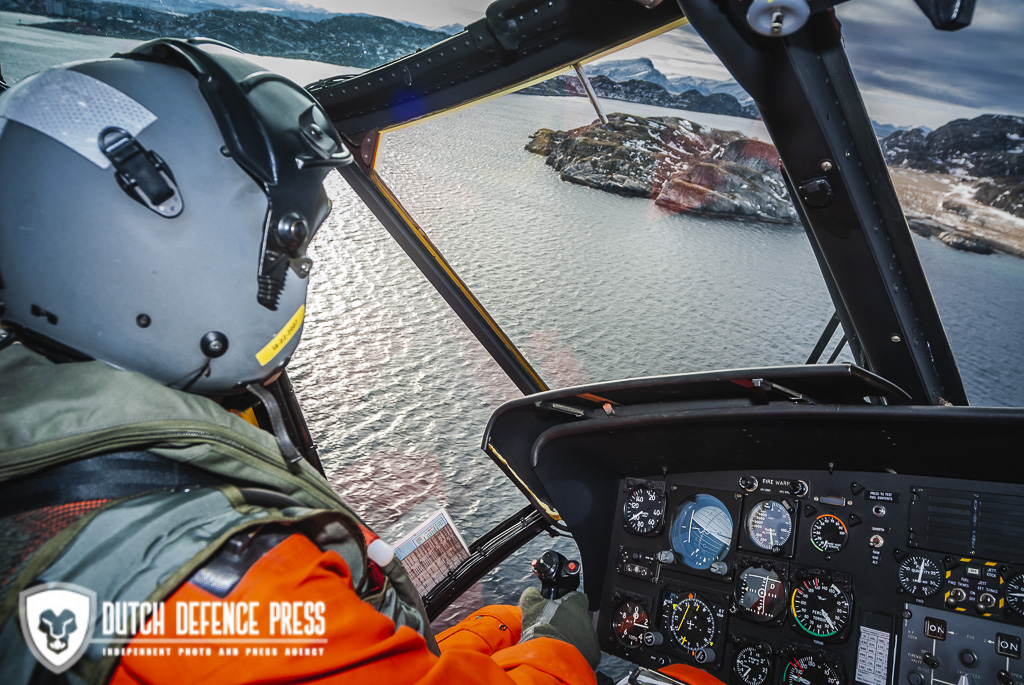
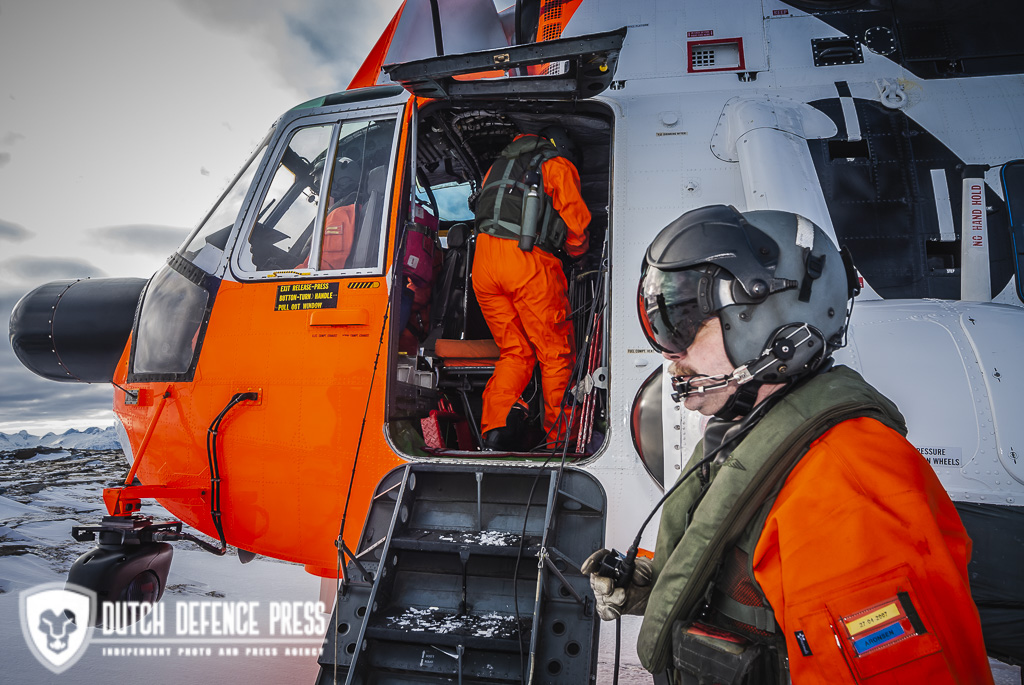
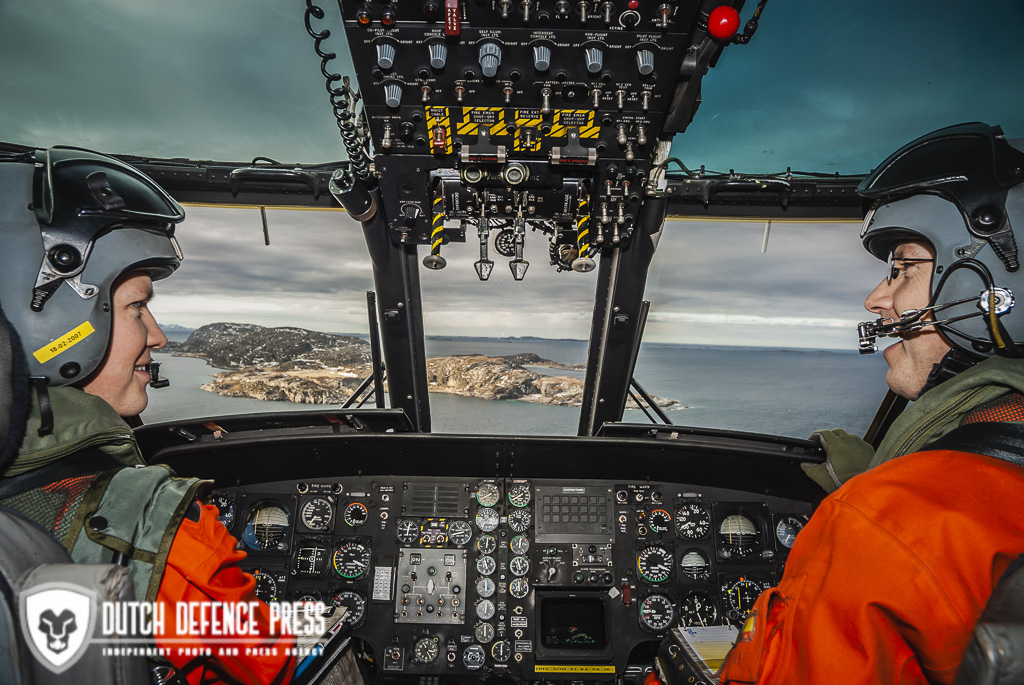
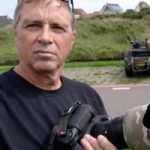
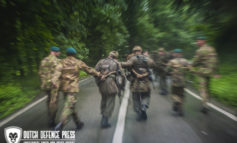
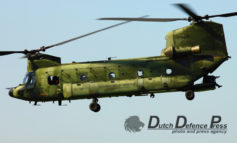
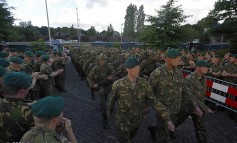
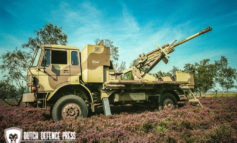
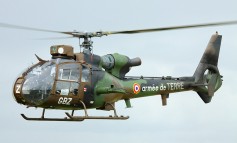



Leave a Reply